What art does to us
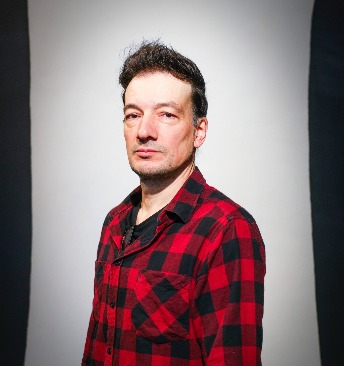
Psychologist Ralf Cox studies the effects of art on people — from heart rate to association, from emotion to social interaction. His research shows that the experience of art is both measurable and intangible.
Text: Beau Oldenburg, Faculty of BSS / Photos: Henk Veenstra, thanks to Kunstpunt Groningen
Ralf Cox remembers it vividly. At the MoMA in New York, he turned a corner and was suddenly face to face with a gigantic canvas by Jackson Pollock, the artist nicknamed ‘Jack the Dripper’. 'I was overwhelmed by the splashes, the colours, the frozen movements. It felt as though the painting was pulling me in,’ he says. ‘The movements on the canvas seemed to project themselves onto me. I was part of them.’ He would not go so far as to call this experience life-changing. ‘Art does not always have to be spectacular or turn your life upside down. But that moment got me thinking, and it has undoubtedly influenced my research,’ he says.
Spectators
Whereas art historians typically focus on context, style, technique, and the artist’s intentions, which is primarily a theoretical approach, Cox instead turns his attention to the spectator. What happens when someone looks at a painting or listens to a piece of music? What feelings and thoughts arise, what physical reactions are at play, how do people move, and how do people express this experience together? ‘That fascinates me deeply as a psychologist,’ he says.
Complexity
The basic premise for Cox and his team is that the experience of art is both complex and personal, and cannot be reduced to a single factor. ‘It is never just about emotion, or just about cognitive interpretation,’ he says. ‘The experience is layered at its core. It is always an interplay of emotions, thoughts, physical reactions, and behaviours. An experience of art — just like other experiences, for that matter — cannot be reduced to one thing.’
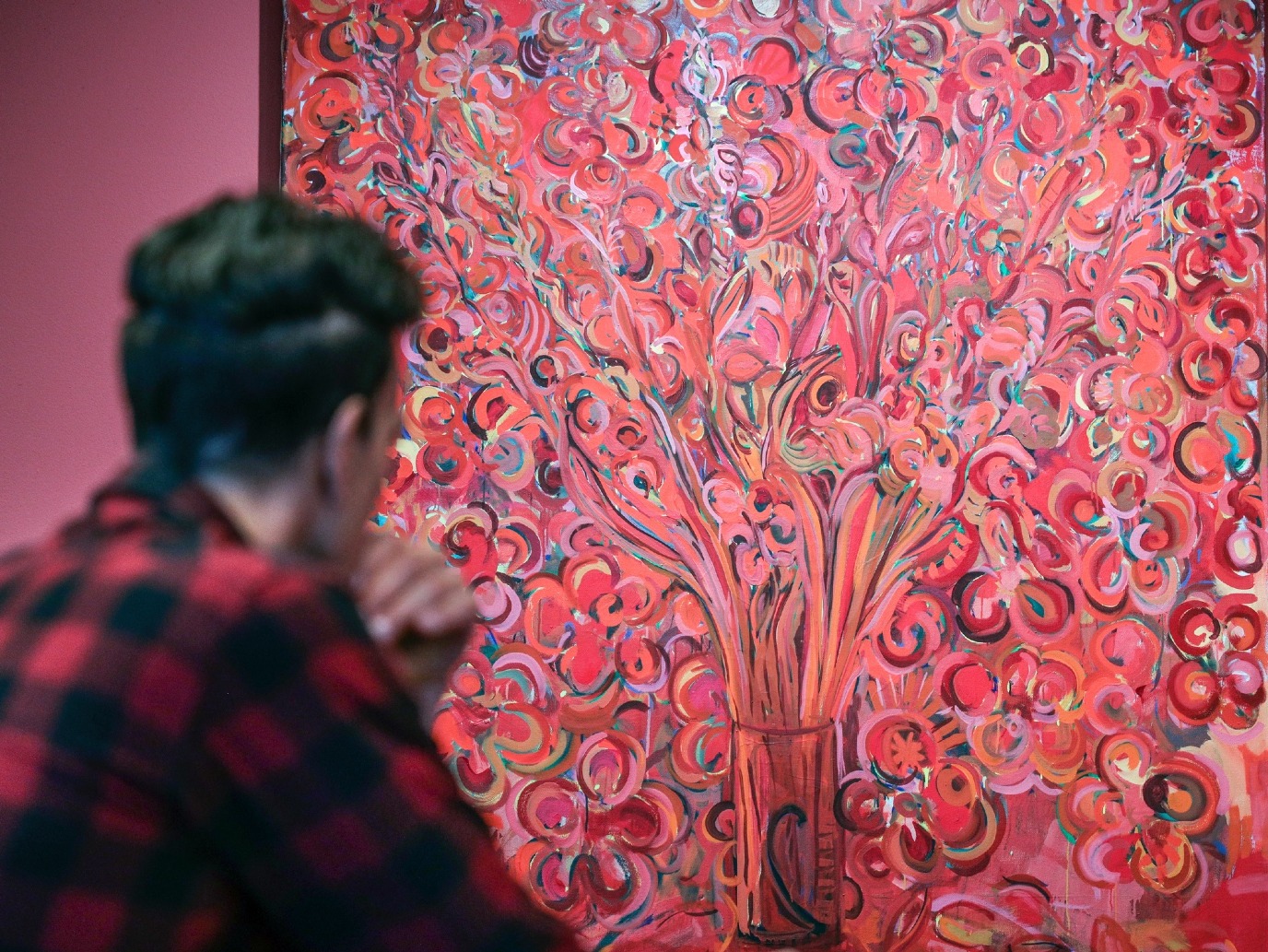
Measurement
‘That may sound somewhat complex, and it certainly is,’ Cox says, laughing. ‘You can’t measure everything at the same time. Everything is interconnected, which makes it difficult to map. You have to make choices. Still, we continually try to measure a number of aspects, such as emotions, interpretations, heart rate, and eye movements, and seek to understand how they relate. Our goal is to keep improving in doing that.’
In practice
It is important to Cox that the insights do not remain limited to academic publications. He also wants to give something back to artists and the public. He has, for instance, worked with the Groningen festival Hongerige Wolf. At a solo dance performance, the audience filled in questionnaires before and after the event about their feelings and expectations. Immediately after the performance, the responses were analysed and then discussed during a group conversation with the audience, the dancer, a festival organizer, and the researchers.
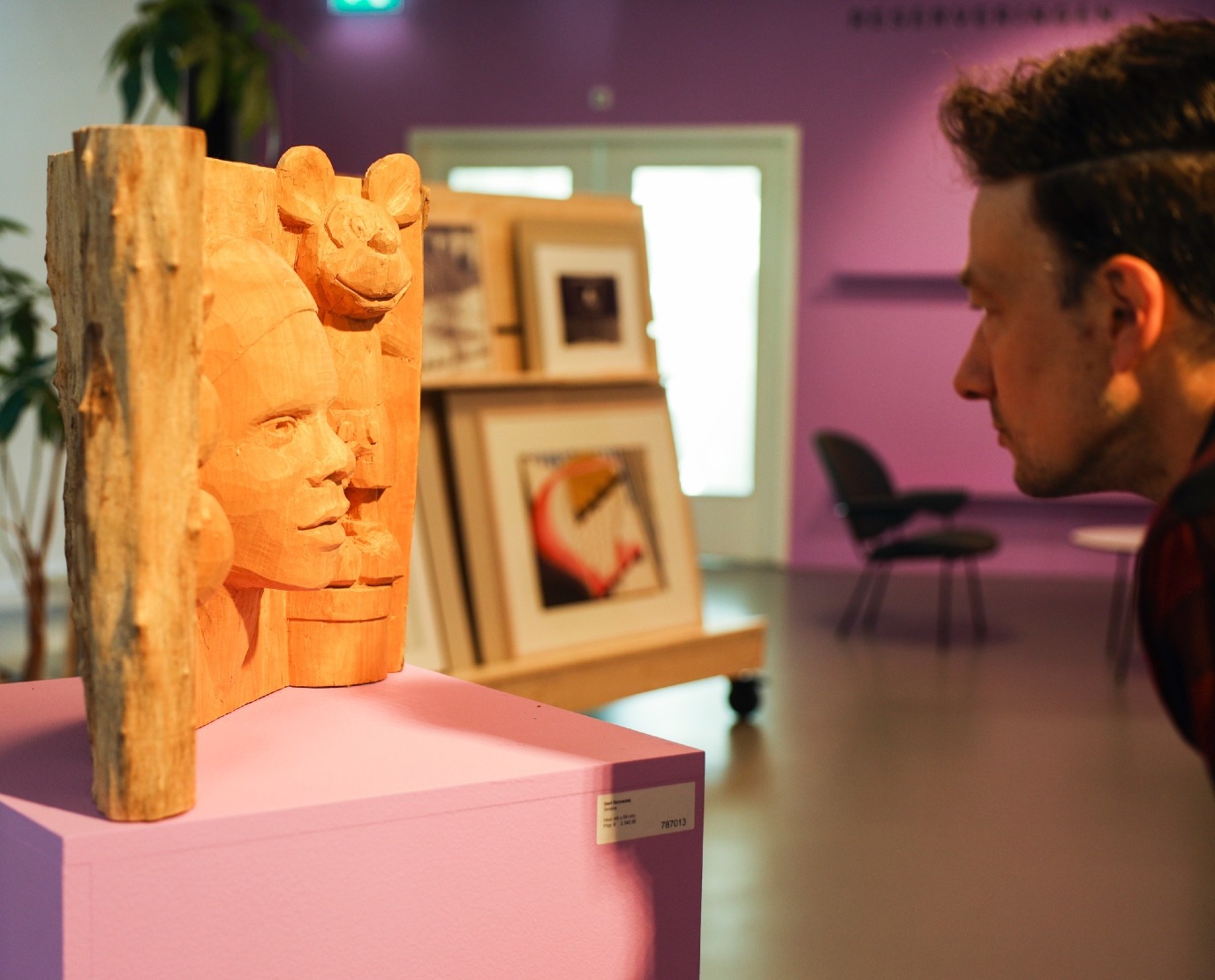
Feedback
The dancer at Hongerige Wolf was struck by how differently people experienced the performance. The diverse emotions that spectators perceived in her and experienced themselves left a strong impression. ‘She really appreciated that,’ says Cox. She can use those insights in the further development of her performances. In this way, measurement becomes not just a distant evaluation after the performance, but part of the artistic process itself. The scientific and artistic aspects blend together in a way.’
Dashboards
Such direct feedback works especially well in performance art such as dance and theatre. Cox also experiments with what are known as experience dashboards in museums: interactive displays that allow visitors to see afterwards which associations, emotions, and physical sensations a work of art evoked in themselves and in others. ‘With the dashboard, we hope to support the experience of art and provide greater insight into it,’ he says.
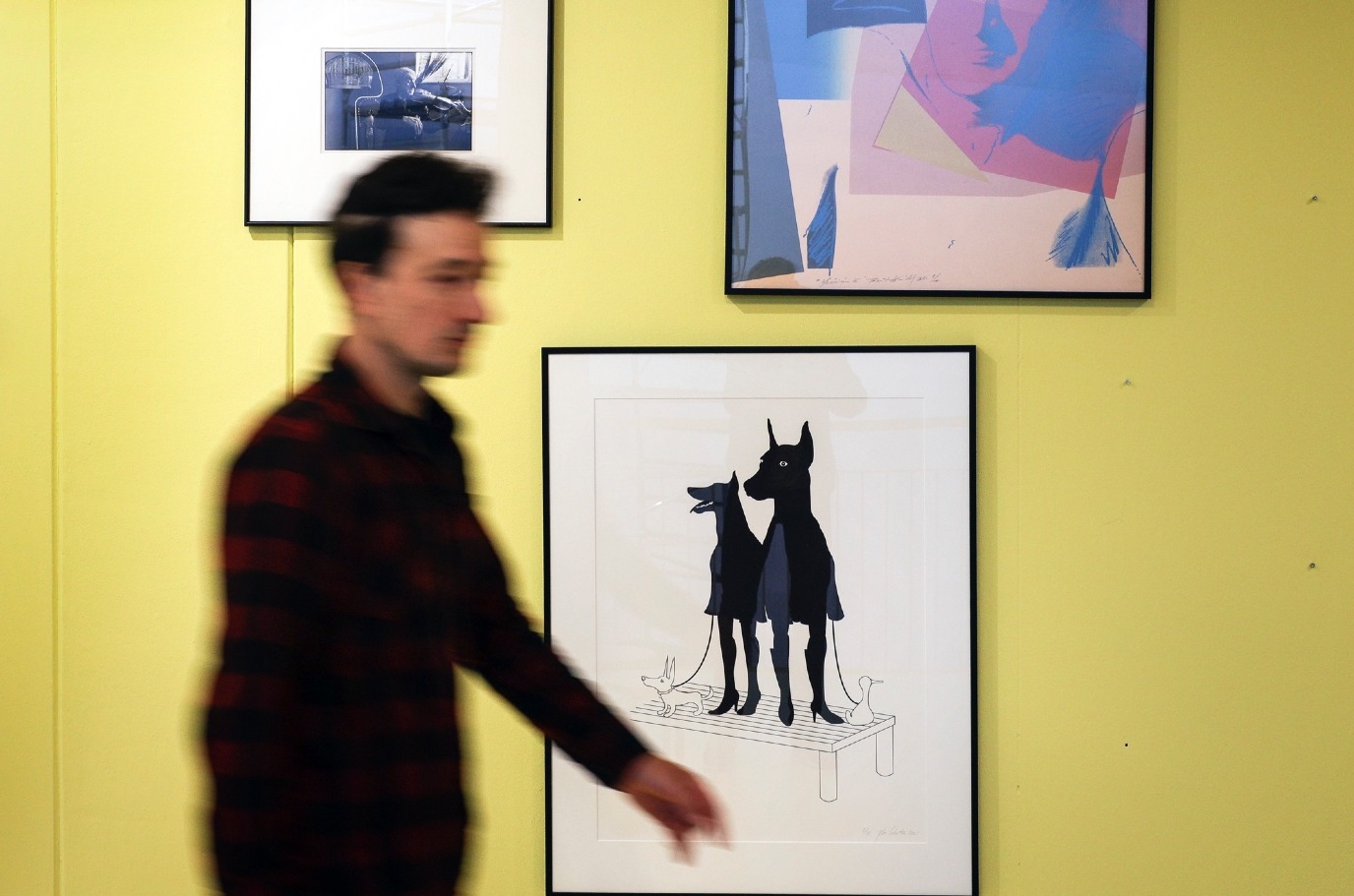
A social process
Cox and his team initially focused on individual art experience, but it quickly proved to be insufficient. Experience is a social process; it is something you do together. People usually visit a museum or performance with others, and then they talk about what they have seen. We hope these dashboards will help spark that conversation, as it enhances both the experience and the meaning attributed to it.
Doubts
Many artists are curious about how their work is experienced by others. ‘They typically have limited insight into that,’ says Cox. At the same time, he also faces reluctance. Is it possible to express in numbers what art evokes in people, or would that undermine its essence? Artists sometimes fear that data will be used by policymakers or funding bodies to evaluate or rank pieces of art.
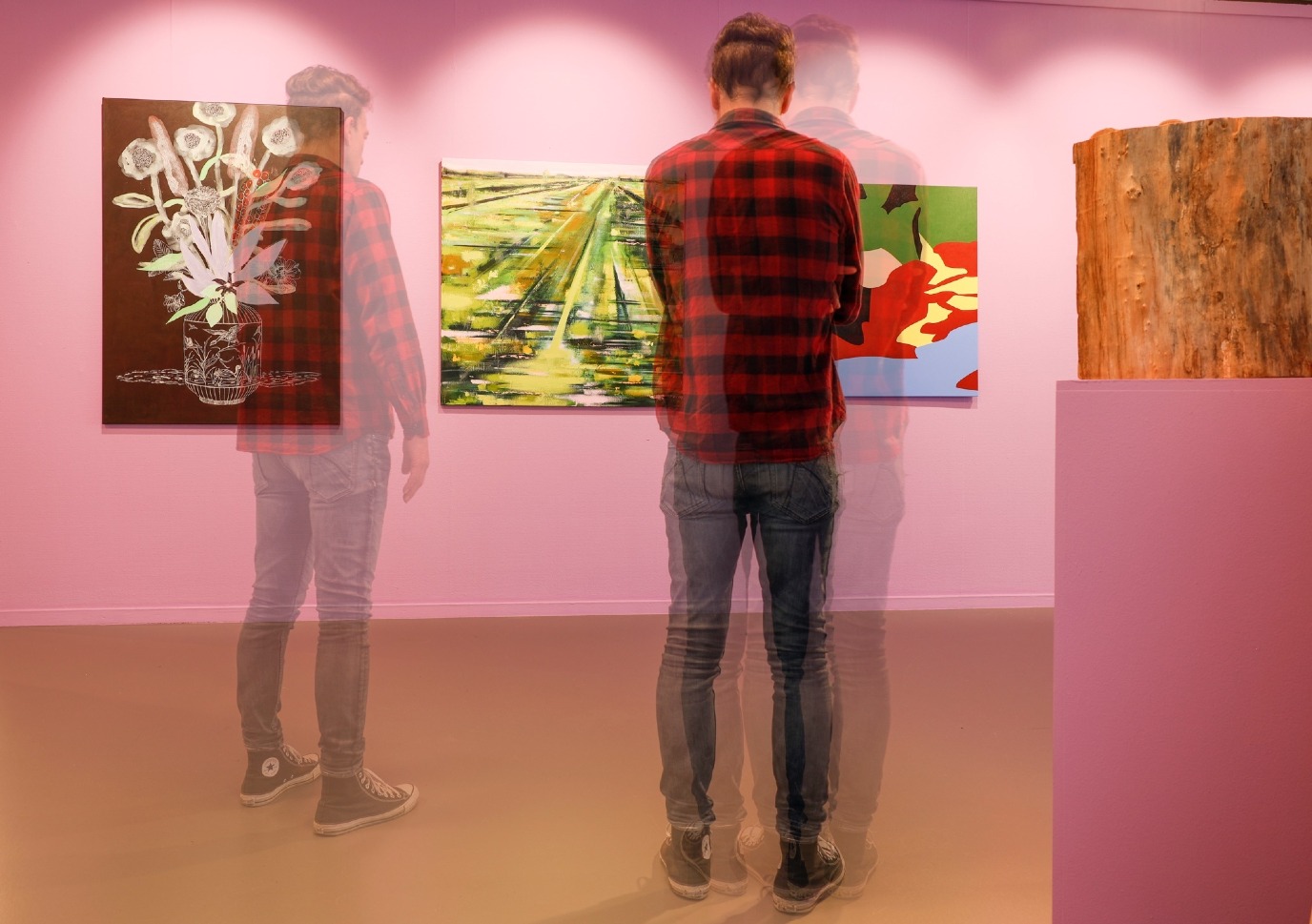
Broad approach
Cox: 'I do understand those fears, but that is certainly not what we are doing. We are trying not to capture art in numbers, nor do we reduce it to a like or dislike. We do not wish to point out which art is more or less “valuable”’. According to Cox, it is actually about taking a broad approach: demonstrating that the experience of art is both complex and highly individual. You cannot simply express this at the group level, but you can distil general patterns that manifest themselves differently in each individual. ‘In this way, the intangible essence of art remains visible, without losing the richness of individual experience.’
More information
| Last modified: | 01 October 2025 3.20 p.m. |
More news
-
01 October 2025
EU citizens on climate measures: support for subsidies, opposition to taxes
After a summer marked by multiple heatwaves exacerbated by climate change, a new study shows that many EU citizens are willing to support various forms of climate policy.
-
03 September 2025
Katherine Stroebe receives Royal Decoration
On 2 September 2025, Katherine Stroebe (Germany, 1975), former associate professor of Social Psychology at the Faculty of Behavioural and Social Sciences at the University of Groningen, received a Royal Decoration. She received the insignia of the...
-
02 September 2025
Engage citizens in sustainable transitions: ‘The top-down approach doesn’t work’
All too often, sustainable transitions still have to do with bare facts and figures, according to Goda Perlaviciute, an academic at the University of Groningen. Late last year, she was appointed Professor of Public Acceptability of Sustainable...
